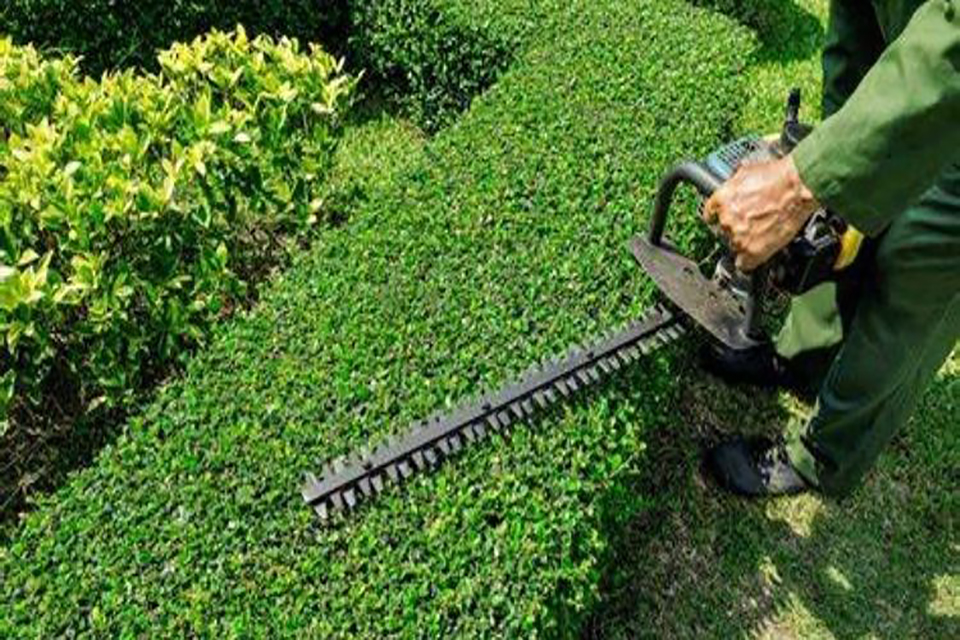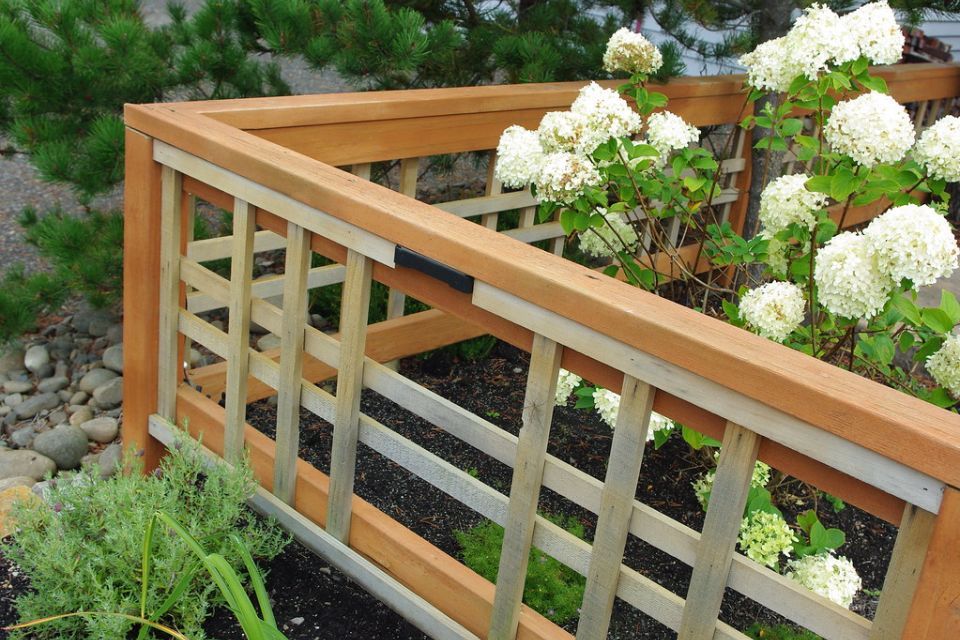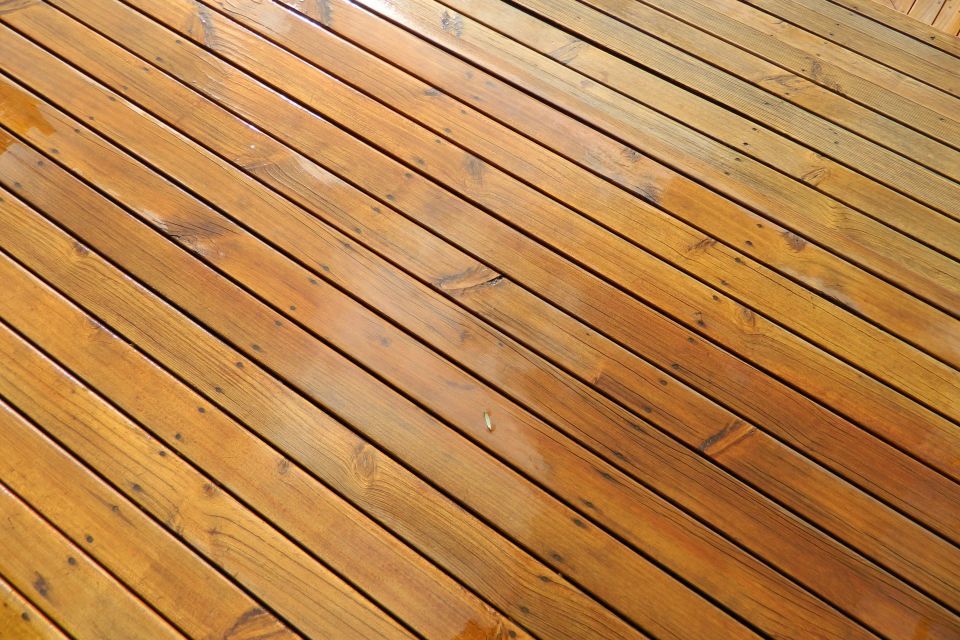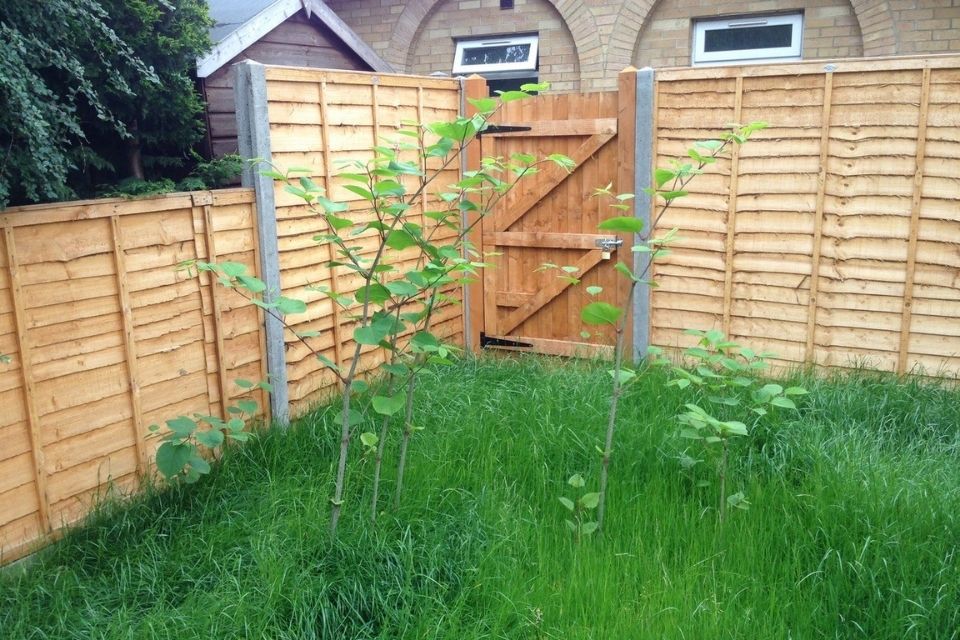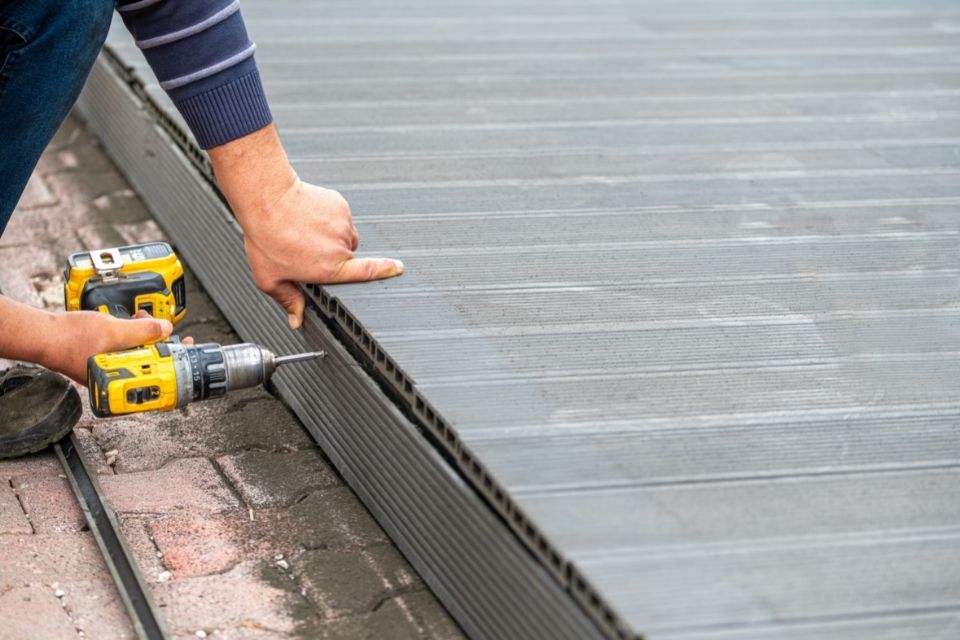Why Do I Need to Remove Hedges?
There are a few reasons why you may need to remove hedges. For example, they may be causing an obstacle, you may want to plant something else in their place, or your hedges may be getting too big.
You may also want to remove your hedges if you want to replace them with new ones.
How to Remove Hedges Yourself
Step 1
Push the lightweight engine hoist into the hedge, ensuring that the two legs sit on either side of the hedge trunk and then put a slip knot around the root.
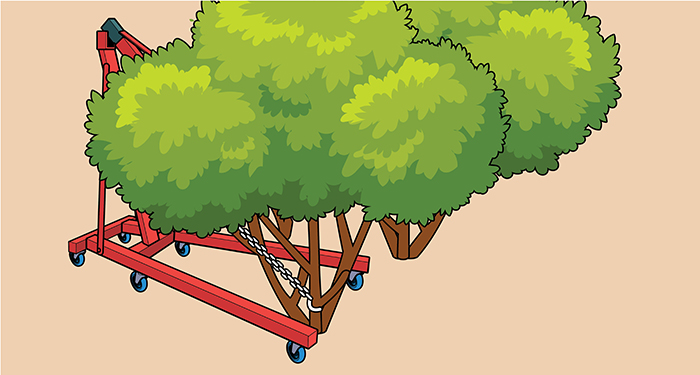
Step 2
Pull-on the hoist lever and continue to repeat pulls. This will pull the hedge roots out of the ground.
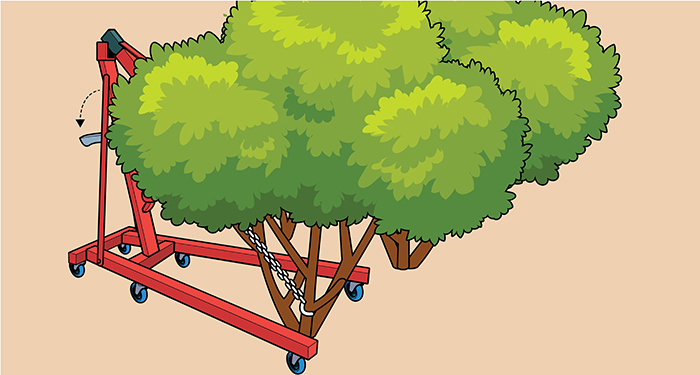
Step 3
Continue pulling until the hedge and its roots are completely out of the ground.
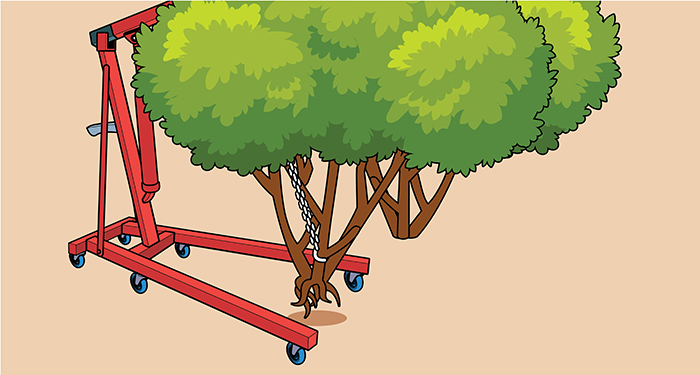
Step 4
Undo the knot and dispose of this piece of the hedge.
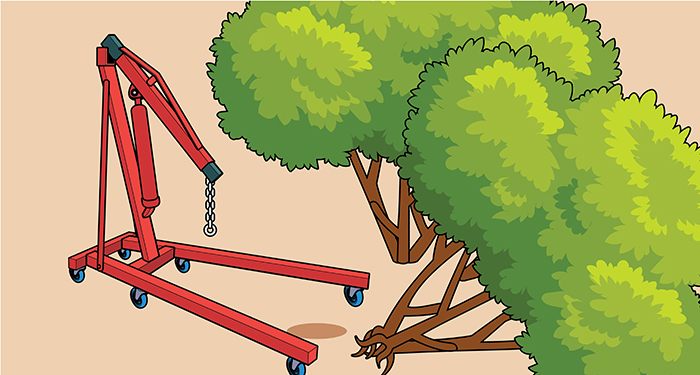
Step 5
Repeat this step for all of the hedge trunks until all of the pieces of the hedge have been removed.
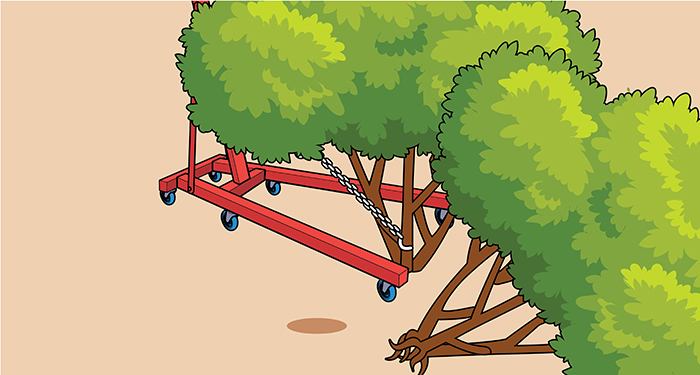
Tools to Remove Hedges
- Lightweight engine hoist
Safety Equipment to Remove Hedges
It’s a good idea to wear safety gloves when completing this type of work to avoid getting splinters.
Materials to Remove Hedges
You won’t need any specific materials to remove a hedge.
How to Prepare for Hedge Removal
To prepare for removing hedges, you will need to hire a portable engine hoist. These can be hired for around £30-£50 for the day and should easily fold into your car for transportation.
Types of Hedges
There are a number of different types of hedging. Below is a list of the different types of popular hedges in the UK:
Laurel Hedging
Laurel hedging is usually recognisable for its deep green, thick foliage. It’s a great choice of hedging for privacy screening and noise reduction.
They tend to keep their green colour all year round, which makes them constantly appealing. They are also great for attracting wildlife such as birds and bees.
Yew Hedging
Yew hedges are a popular native evergreen conifer. These work really well for privacy screening and can provide coverage throughout the entire year.
This type of hedge is great for attracting wildlife such as birds and bees. It’s a perfect hedge for tough sites as it can tolerate shaded or full-sun positions.
Box Hedging
Box hedging is often used to line pathways or for garden borders. It comes in a variety of shapes and sizes and tends to look very neat and can easily be trimmed to keep its neat appearance.
It’s a tough hedge plant that can withstand most situations, including droughts and poor soils.
Beech Hedging
Beech hedging is a popular native hedging plant. It is great for attracting wildlife and is often considered a great all-year hedge due to its crisp winter foliage.
Beech hedging also makes a great habitat for butterflies and moths.
Leylandii Hedging
Leylandii hedging is known for its fast growth rate and its fragrant evergreen foliage. It’s great for those who are looking for fast hedging solutions.
It works great for screening and noise reduction. With this in mind, Leylandii is a classic and popular choice of hedging in the UK.
How to Maintain Hedges
If you would prefer to keep your hedges, it is important that you maintain them regularly to ensure they look presentable. Some common hedge maintenance jobs include:
Pruning
Pruning is a common hedge maintenance job that involves selectively removing branches from hedges to improve the size, health and structure.
Pruning also encourages growth and works with the plant’s shape to create a natural-looking landscape.
Shearing
Shearing hedges is a great way to create formal and visually pleasing shrubs by using hedge shears to cut off the outer edges of the plant.
Unlike pruning, this does not increase growth, as it is typically used for aesthetic purposes.
Trimming
Trimming hedges is a similar process to shearing. However, this method is designed to cut down overgrown hedges to allow them to regain moisture and access to light.
Hedge trimmers can also be used to get rid of infected branches and improve the overall look of the hedge.
Watering
One of the most important things you need to do is water your hedges regularly, as the average hedge requires around 5 litres of water twice a week.
This will ensure the hedge is kept nourished and moisturised while also making the plants are strong and healthy.
It would be best if you tried to water your plants at night, as there is less risk of evaporation compared to daytime watering.
Weeding
Removing weeds from your hedges is an essential job, especially during the initial growth process, as weeds can affect the way hedges develop by killing off young hedge plants and slowing down growth.
To weed your hedges, you can strim away weeds and place mulch around the base of the hedge to prevent weed survival.
You can also apply weed killer to your hedge plants. The best time to do this is between the months of October to April, when temperatures are lower.
This will not only kill off existing weeds but will also provide a long-term solution for weed germination control.
FAQs
Q: How do you remove hedges roots?
A: The best way to remove hedge roots is to use the method we have indicated in this article. You will need to use an engine hoist and tie a knot at the roots. You will then be able to hoist the roots out of the ground using the lever on the hoist.
Q: When is the best time to trim my hedges?
A: You can trim your hedges any time of the year. However, you should avoid trimming during the bird nesting season (March to July).
Q: When is the best time to plant a hedge?
A: Winter is the best time to plant hedges.
Q: Which hedging plants are best for growing in the shade?
A: For deep areas of shade, the best hedging options are hazel, spindle, hawthorn, privet, yew, and holly.
Q: Which hedges are best for privacy?
A: Any tall and thick hedges are great for privacy. Most native species will provide good privacy, which will last all year round.
Q: How to remove ivy from hedges?
A: You will need to wear protection all over before tackling vines. Start by clipping out as much as you can.
Follow the vine all the way down to the ground where it is growing. Try to dig the vine out of the ground if you can without disrupting the hedge roots.
If you can’t dig out the ivy, try using a herbicide. However, you will need to be very careful not to get any on the hedge itself.
Sources
- https://www.youtube.com/watch?v=1ErA0yva4qU
- https://www.best4hedging.co.uk/hedge-plants-c5
- https://www.hedgingplantsdirect.co.uk/frequently-asked-questions-about-hedging-plants
- https://www.habitataid.co.uk/pages/faqs-all-about-hedges
- https://www.gardeningknowhow.com/plant-problems/weeds/get-rid-of-vines-in-hedges.htm

